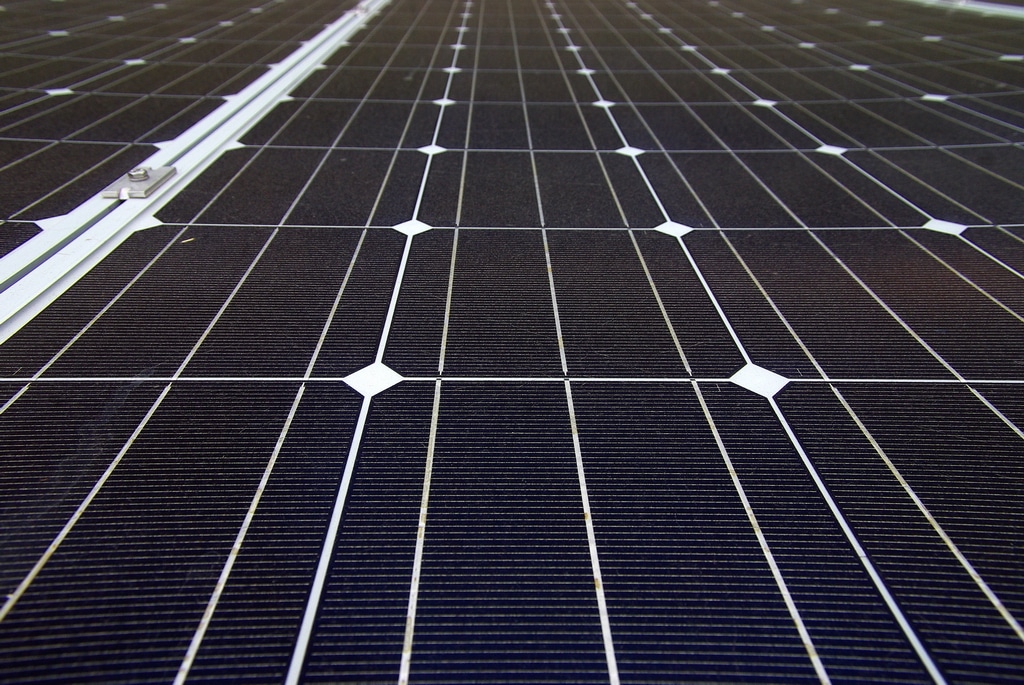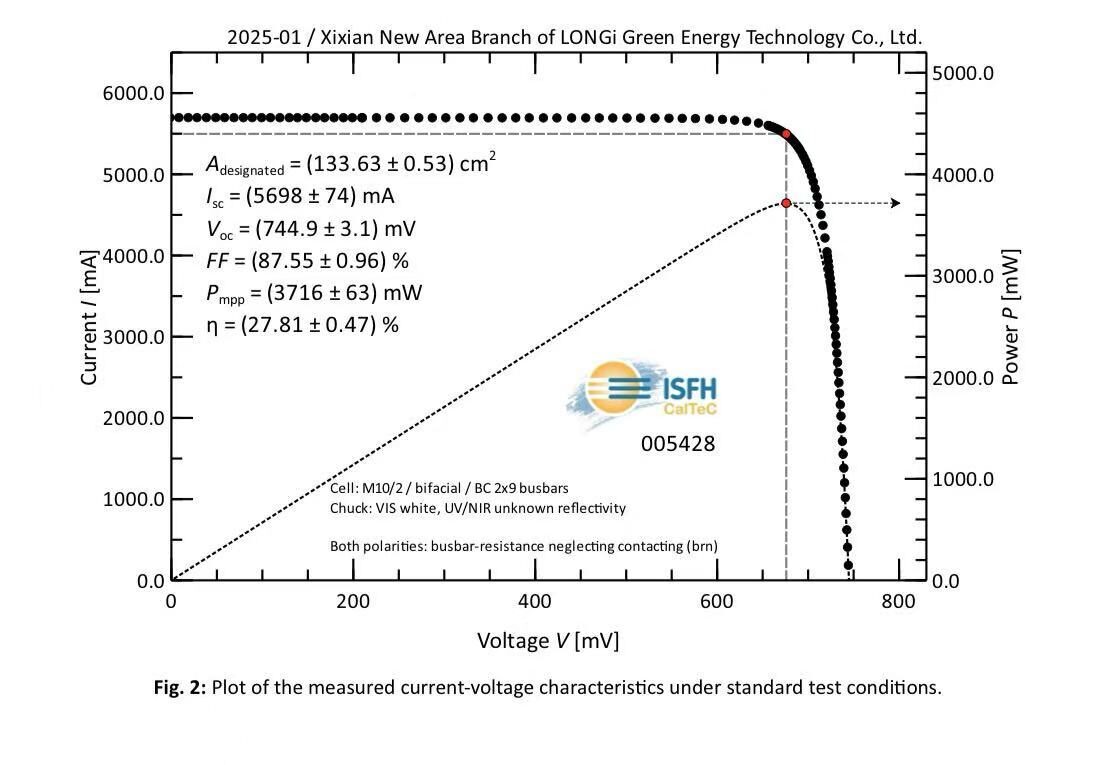Researchers from the University of Baghdad and the University of Garmian, in Iraq, and Brunel University London, in the United Kingdom, have proposed to use multiple phase-change materials (PCMs) for the passive cooling of solar modules.
PCMs are substances that absorb and release heat energy when they change phase and are able to store and release large amounts of latent heat over a defined temperature range.
The scientists specified that multiple PCMs were already used in previous research on solar panel cooling. “This requires the use of multiple PCMs, [with] various melting temperatures [and] packing them in descending order of their melting temperatures in the heat flow direction,” they explained. “However, packing PCMs in that way also enhances the melting rate, which negatively affects the potential for achieving longer thermal management duration in the PV module.”
The novel approach outlined by the British-Iraqi group, which it described as more sophisticated compared to existing techniques, consists of utilizing multiple PCMs of different thermophysical properties. This increases the storage density of the cooling system and makes it able to hold larger energy content, which in turn removes the heat generated by the PV panels. This system configuration is also claimed to allow lower melting rates and longer thermal management of the modules.
The academics utilized three PCMs known as RT26, RT35, and RT42, and decided to pack them ascendingly, depending on their melting points and the heat-flow direction, which they said deaccelerates the melting rate and reduces the weight of the cooling system as a lower amount of PCMs is needed.
The system was tested on a polycrystalline PV panel vertically connected to a multi-segment container made of aluminum and hosting multi-PCMs of different melting points. The test showed, according to the researchers, that using a higher number of multiple PCMs can increase the energy charge capacity up to 3.4% and increase the melting time by up to 18%, which in turn extended the thermal management duration by up to 33% compared to that of a single PCM. “Consequently, the PV electrical efficiency could be improved as a higher number of appropriate multiple PCMs are applied,” they asserted, noting that solar module cooling may be enhanced if the inclination angle of the system reduces the number of PCMs in use. “This also indicates that the number of multiple PCMs needs to be optimized with the PV inclination to ensure an optimal PCM-based thermal management of the PV module,” they concluded.
The experiment was described in the study A new approach for employing multiple PCMs in the passive thermal management of photovoltaic modules, published in Solar Energy. “We didn’t examine the system experimentally and also, we didn’t do an economic analysis,” the research main author, Pouyan Talebizadehsardari, told pv magazine. Looking forward, the research team is planning to design new system configurations via employing enhancers such as nanoparticles and porous foams.
This content is protected by copyright and may not be reused. If you want to cooperate with us and would like to reuse some of our content, please contact: editors@pv-magazine.com.




Is there an ability to store and use heat energy?
Yes, indeed, I’m a part of this work, and we working on storing and saving the heat.